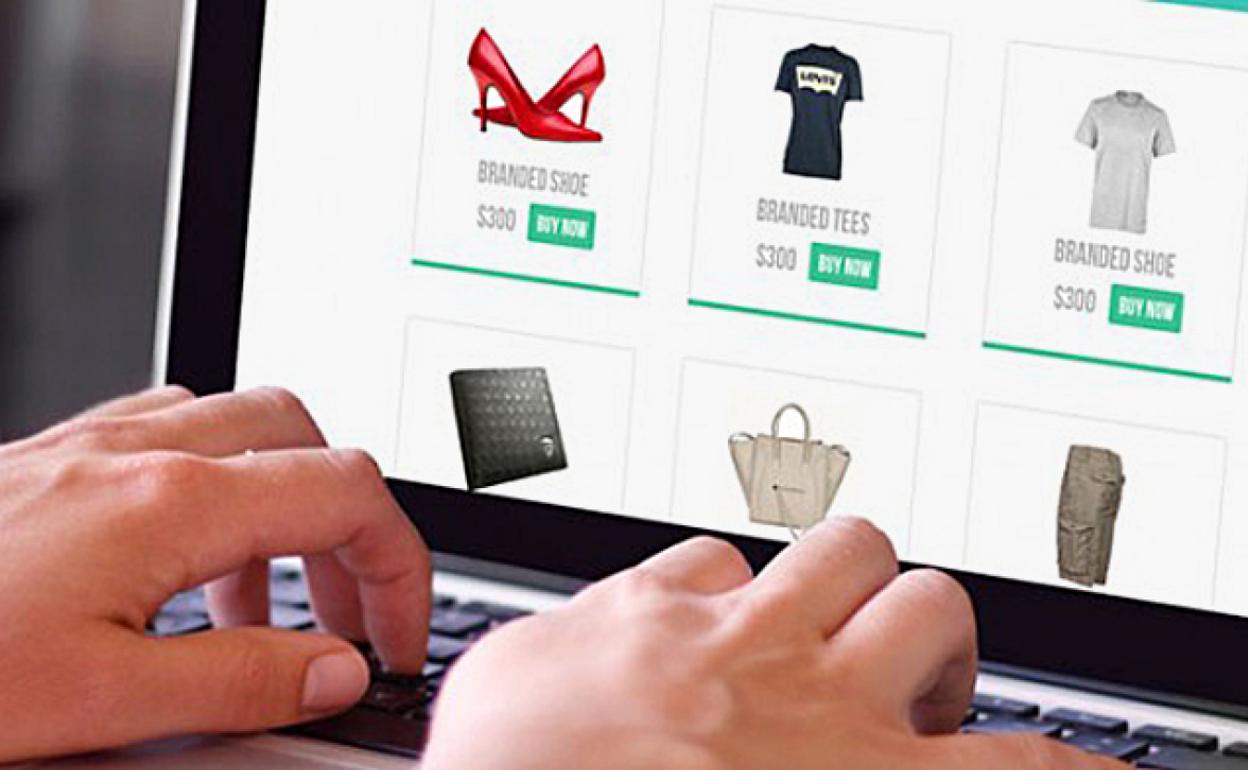81.4% of households with at least one member between 16 and 74 years old have some type of computer (desktop, laptop, tablet …), which represents an increase of 0.5 points compared to 2019.
This is how It emerges from the latest Survey on Equipment and Use of Information and Communication Technologies in Households corresponding to 2020, which has just been made public by the National Institute of Statistics (INE). By type of device, 76.2% have desktop or laptop computers and 58.4% have tablets.
The mobile phone is present in almost all households (99.5%, with an increase of one point compared to 2019). For its part, the landline continues its decline and it is available in 71.1% of households, 3.8 points less than in 2019.
More than 15.5 million households with at least one member between the ages of 16 and 74 (95.3% of the total, compared to 91.2% in 2019) have access to the Internet by fixed and / or mobile broadband.
The main type of broadband connection is through fixed modes (fiber optic or cable network, ADSL…), which is present in 82.1% of households (regardless of whether they also have a mobile connection). For their part, 13.2% only access the Internet through a mobile connection (3G or 4G…).
The mobile phone is already present in almost all householdsn (in 99.5%)
The percentage of households with fixed broadband increases the larger the size of the municipality. Thus, it reaches 85.5% in those with more than 100,000 inhabitants or provincial capitals, compared to 73.7% in those with less than 10,000 inhabitants.
For their part, households with higher incomes have a fixed broadband connection to a greater extent than those with lower incomes. While the latter have a higher percentage of access only by mobile devices.
96.2% of households with a net monthly income of 2,500 eurosor more have fixed access and 3.6% do so only through mobile. On the contrary, among households that earn less than 900 euros, the percentages are 62.7% in fixed access and 23.2% only through mobile.
More and more minors with mobile
The use of new technologies by minors is, in general, very widespread. Computer use is very high (91.5% of minors compared to 89.7% in 2019) and even more so is Internet use (94.5%, 92.9% in 2019).
Almost 70% of kids between the ages of 10 and 15 have a mobile phone, three points more than in 2019
On the other hand, 69.5% of the population aged 10 to 15 has a mobile phone compared to 66.0% in 2019. By sex, girls use new technologies to a greater extent. By age, the use of ICT grows as the age of minors increases, especially after 13.
93.2% of people aged 16 to 74 have used the Internet in the last three months (2.5 points more than in 2019). This represents a total of 32.8 million (with an increase of more than one million users).
By frequency of use, 91.3% connect at least once a week (3.6 points more than in 2019), 83.1% daily (5.5 points more) and 81.0% several times a day (6.1 points more).
The activities most carried out in the last three months by the population aged 16 to 74 have been: using instant messaging services, such as WhatsApp (by 89.5%, 85.1% in 2019), searching for information on goods and services (78.3%, 72.9% in 2019) and telephoning or making video calls over the Internet (77.7%, 54.9% in 2019).
64.7% of the population aged 16 to 74 have participated in the last three months in general social networks (such as Instagram, Facebook, Twitter or YouTube). This percentage is 6.1 points higher than in 2019. The most participatory are students (93.8%) and young people between 16 and 24 years old (93.0%). By sex, the activity of women (66.4%) is higher than that of men (62.9%).
The average estimated cost per buyer ‘online’ reaches 274 euros, nine euros more than last year
Almost 19 million people, 53.8% of the population aged 16 to 74, have bought online in the last three months for private reasons, compared to 46.9% in 2019. 62.6% have bought in the last 12 months (58.0% in 2019).
The average estimated cost per buyer reaches 273.8 euros , an increase of 9.1 euros compared to 2019. In total, 93.6 million purchases are made. 51.2% bought some product in physical format; 30.2% clothing, shoes or accessories (bags, jewelry), 16.1% deliveries from restaurants, fast food, catering and 14.0% sporting goods.
During the last 12 months, the products most purchased on the Internet were clothing, shoes or accessories (39.6% of the population purchased them), computers, tablets, mobile phones or accessories (24.2%) and sporting goods (the 22.0%).
On the other hand, 35.7% of people aged 16 to 74 have downloaded a product or subscription over the Internet in the last three months , 18.6% software (including updates), 15.6% movies or series in streaming and 11.3% games online or downloaded.



 Bitcoin
Bitcoin  Ethereum
Ethereum  XRP
XRP  Tether
Tether  Solana
Solana  USDC
USDC  TRON
TRON  Lido Staked Ether
Lido Staked Ether  Cardano
Cardano  Avalanche
Avalanche  Toncoin
Toncoin